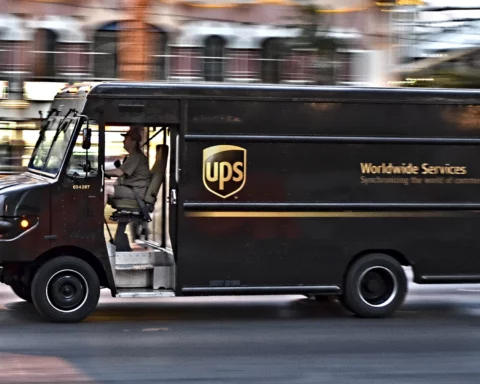So, I’m kind of in a weird place. As a one-time newspaperman trying to work my way back into journalism, I read yesterday’s piece from Harvard University’s Nieman Lab with guarded enthusiasm:
A Boston Globe memo puts the spotlight on an emerging consensus on how to transform metro papers
The idea that seems to be catching on for metro papers is to place the news that readers want in front of their faces wherever they are and all the time. And I get that. These storied journals have finally accepted the fact that, eventually, the last buggy was going to break down, and no one was going to want their whips ever again.
That’s why when some friends urged me to start a newspaper a few years ago, I said, “yeah, but uh, hell no.” I started a podcast network focused on local news instead. Because I’m experiencing some of the exact same funding challenges that have plagued print newspapers, I’m now of the opinion that the medium really is not the issue. The delivery method has nothing to do with whether or not the public understands the critical role local journalism plays in their lives whether they are subscribers or not.
The Globe and the papers that are engaged in the Knight-Lenfest Newsroom Initiative believe they are on to something, and the numbers seem to back them up. Readers will still become paying subscribers if news outlets can find ways to deliver their product in a form and with an accessibility that meets their expectation of content these days. And that’s great if you happen to own a news outlet that has the resources to create a “Rapid Response Team” to put breaking news in front of your audience in nearly real time.
But at the risk of sounding like I’m crying about the audience I wish I had, I’m going to predict that mollycoddling news consumers in this way is not actually going to serve the industry or the public in the long run. A further accelerated news cycle at the local level is going to make getting the facts right even harder, cause readers’ attention spans to shrink, and give priority to shock news, such as crime and disasters, at the expense of complex stories that take longer to develop.
When advertising revenues plunged off a cliff back about a decade ago, as made painfully clear in this piece in the Observer, many newspapers rushed to erect paywalls on their digital versions, which only served to infuriate readers who had grown accustomed to getting whatever they wanted for free.
I’m not sure how it might have been handled differently, but newspapers missed their opportunity to take their case directly to the business community and explain how the quality and quantity of reporting would suffer dramatically if advertisers didn’t do their part to keep local journalism healthy. One strategy would have been to push their sales directors into the office of their area’s chamber of commerce and other business groups and work out not just group deals, but a strategy of stewardship of local news. Journalists should have felt well within their rights explain to business just what would happen to the local ecosystem if the commercial sector didn’t pony up.
If anyone suggests that the industry could be forgiven for not knowing how bad it was going to get in first couple decades of the century, I might direct them to Newspaper Death Watch, launched in 2007. Profitability had actually begun to dive almost a decade earlier—that a Wikipedia entry should even exist for the topic of the Decline of Newspapers suggests that the phenomenon should have been obvious enough for anyone in the business to notice in real—time. The at least semi-annual lament (see pieces from Dick Tofel via Medium, WGBH, and the Pew Research Center) amount to an embarrassing self-flagellation that has to stop.
Mostly though, news outlets have to hold their audiences accountable. When paying audiences started following fleeing advertisers out the door, newspapers felt, and acted, betrayed. “But we’ve been around since 1825! How dare they!” The publishers were prideful. And spiteful. In the beginning, like the first 10 years of the beginning, a lot of newspapers were in denial, as well. Instead of waiting for John Oliver to make their case for them, they should have swallowed their pride, reached out to their audience, and asked them to please keep paying it forward. They should have used their creativity and talent to pluck the hell out of the heartstrings of the community that had, frankly, taken them for granted for decades. Public Broadcasting has been standing up in front of its audience with its hat in hand since the beginning. Did for-profit journalism think it was just too big for that? Yes. Yes it did, and that arrogance is still present in newsrooms all over the country.
Now, editorial staffs are trying to find ways to cater to consumers, which is not the same thing as serving the public, and that’s a problem. They are desperate to build up their base of paying subscribers, I get it, and they should. At the same time, however, they need to be doing a whole lot of work to reeducate their readers/listeners/viewers about why the shocking and the sugary should be considered journalistic guilty pleasures. And editors must make it clear that stories that are indispensable items in the public record are the reason a channel exists for amusing, disposable content, not the other way around.








